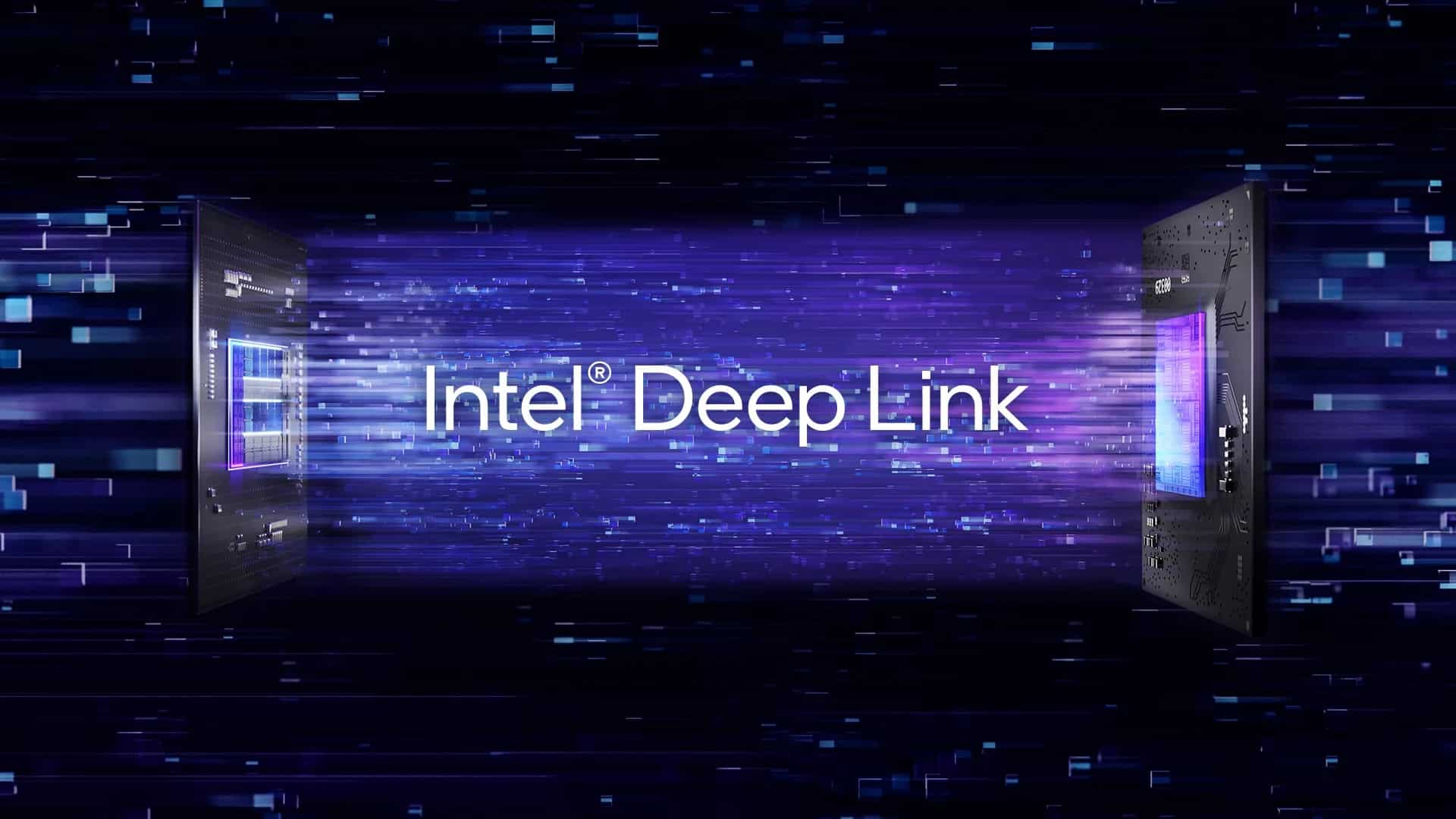The technology, designed to enhance the combined performance of Intel CPUs and GPUs, will no longer receive maintenance or future updates, although it will remain active in its current state.
Intel has decided to cease support for its Deep Link technology, a feature launched in 2022 alongside the Intel Arc Alchemist graphics cards, promising substantial improvements in tasks like gaming, content creation, and streaming. Despite its potential, the company has chosen to suspend its maintenance without issuing an official statement, only responding in a GitHub thread.
The confirmation came from Zack-Intel, a representative of the company on the platform, who informed a user that Deep Link will not receive further updates and will remain in its current version, with its functionalities limited to that state. This response was prompted by a query from SapphireDrew, a user who was unable to activate the feature in OBS Studio, the popular recording and streaming software.
“Deep Link is no longer being actively maintained and will not receive future updates, which means there will be no changes to its functionalities regardless of its current state,” explained Zack-Intel.
A Quiet Withdrawal of a Technology with Great Promises
Intel had promoted Deep Link as a technology capable of enhancing performance through greater synergy between its processors and dedicated graphics cards. Among its standout features were:
- Dynamic Power Share: dynamic power allocation between CPU and GPU.
- Hyper Encode: faster video encoding using all available engines.
- Additive AI: improvement of AI-based workloads.
- Stream Assist: optimization of streaming tasks through collaboration between CPU and GPU.
All these features required the presence of an Intel 11th Generation processor or higher and an Intel Arc Alchemist GPU. Compatibility with other manufacturers like AMD or NVIDIA was never considered, leaving users exclusively dependent on the Intel ecosystem.
Impact on Users and the Community
The decision has generated frustration among some consumers, particularly those who invested in Intel components motivated by promises of superior performance via Deep Link. Although the feature will remain active on compatible systems, the lack of future maintenance means that potential bugs or compatibility issues with third-party software will not be resolved.
This change adds another layer of uncertainty to Intel’s commitment to its Arc lineup, which is still in the process of establishing itself in the GPU market. The withdrawal of Deep Link is part of a series of recent strategic moves by the company that reflect a more conservative approach to developing software linked to its graphic products.
No Official Statement: A Sign of Change in Strategy?
Intel has not issued a formal statement regarding the withdrawal of Deep Link, contrasting with the emphasis the company placed on the technology in the past. The absence of a press release or announcement on official channels has been interpreted by the community as a lack of transparency towards users and developers.
While the function will continue to operate in certain environments, the fact that it will not be updated raises serious doubts about its long-term reliability, especially in systems that frequently update their software or drivers.
Conclusion
The withdrawal of Intel Deep Link serves as a reminder that even the most promising technologies can have a short lifespan if they fail to achieve significant adoption or if their creators shift strategic priorities. For users of Intel systems relying on this functionality, the recommendation is clear: start exploring more stable alternatives or upgrade their infrastructure with a focus on long-term support.
via: VideoCardz

